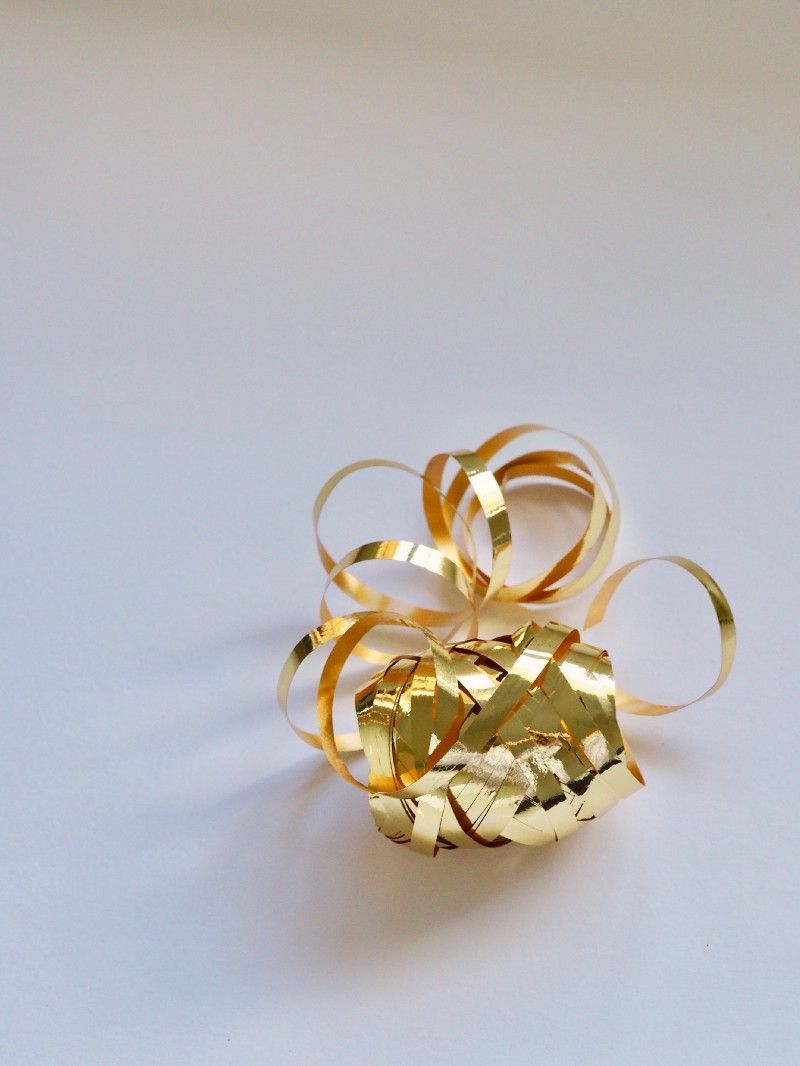Can Gift Wrapping Be Mathematically Perfect?


Christmas is a time of giving… presents! And one of the most important parts of gift-giving is the wrapping paper — how it looks under the Christmas tree is as much a gift as the present inside. Many people devote a lot of time to making their presents look perfect, but have you ever considered how to make your gift wrapping mathematically perfect?
Of course the next question anyone interested in mathematical perfection would ask is: “What do you mean by perfect”? There is no right way to answer this question, but one way to answer that is by considering the following problem:
Suppose you have a present, shaped like a rectangular prism of dimension l x b x h (where l > b > h). What is the smallest rectangular area of wrapping paper required to wrap it?
Any solutions to this problem should describe the dimensions of a single sheet of wrapping paper, shaped like a rectangle, with no cutting allowed in the wrapping process. There is no way to do it without a little bit of overlap once the wrapping paper is folded up, but any solution should minimise this overlap.
Now there is a video online that asks and answers a similar problem, but this only deals with square boxes! Is this solution the best way to wrap square boxes in all situations? What happens when the box is very short (like a box of chocolates), or very tall (like a box for a lava lamp)? Is there a better way?
More adventurous internet searchers may have come across the same problem on NRICH. The solution here is really close to the optimal mathematical (and paper conservation) solution.
Do you have any ideas where improvements could be made to it? Are there any restrictions to this solution?
There is a definite answer, and an easy way to figure out how much you need for a particular present without resorting to rulers, protractors and calculus. The best way to start thinking about this problem is to try it yourself while you’re wrapping your presents for your friends and family.
We’d love you to share your solutions below. We’ll also share our solution next week.
By Andrew Crisp, resident mathematician at Mathspace
